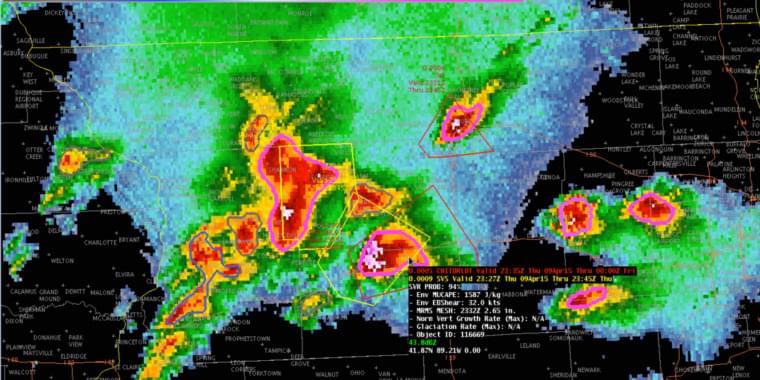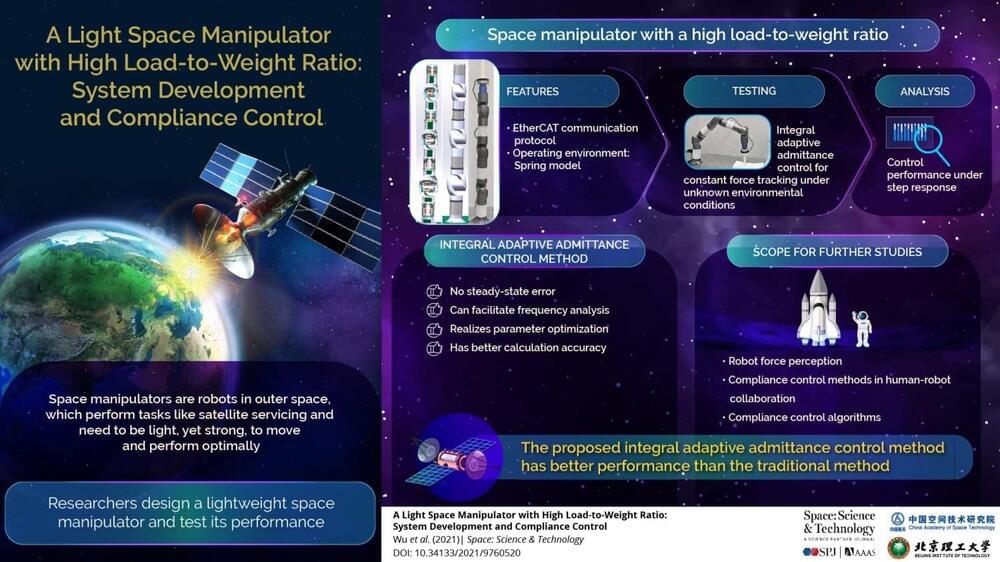Inspired by the mastery of artificial intelligence (AI) over games like Go and Super Mario, scientists at the National Synchrotron Light Source II (NSLS-II) trained an AI agent — an autonomous computational program that observes and acts — how to conduct research experiments at superhuman levels by using the same approach. The Brookhaven team published their findings in the journal Machine Learning: Science and Technology and implemented the AI agent as part of the research capabilities at NSLS-II.
As a U.S. Department of Energy (DOE) Office of Science User Facility located at DOE’s Brookhaven National Laboratory, NSLS-II enables scientific studies by more than 2000 researchers each year, offering access to the facility’s ultrabright x-rays. Scientists from all over the world come to the facility to advance their research in areas such as batteries, microelectronics, and drug development. However, time at NSLS-II’s experimental stations — called beamlines — is hard to get because nearly three times as many researchers would like to use them as any one station can handle in a day — despite the facility’s 24/7 operations.
“Since time at our facility is a precious resource, it is our responsibility to be good stewards of that; this means we need to find ways to use this resource more efficiently so that we can enable more science,” said Daniel Olds, beamline scientist at NSLS-II and corresponding author of the study. “One bottleneck is us, the humans who are measuring the samples. We come up with an initial strategy, but adjust it on the fly during the measurement to ensure everything is running smoothly. But we can’t watch the measurement all the time because we also need to eat, sleep and do more than just run the experiment.”








